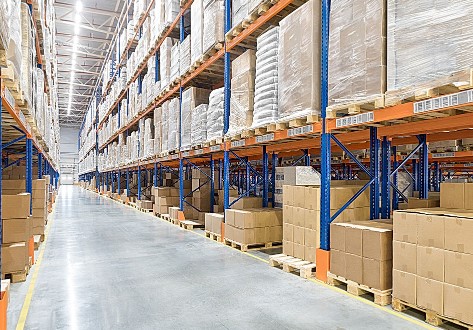With the right planning, you can ensure that your Supplier is able to deliver goods on time, without any disruptions or defects. In this comprehensive guide, learn everything you need to know about Replenishment Planning for your Supply Chain.
Introduction
Replenishment is one of the most important aspects of a successful supply chain. Proper planning and execution can help your business maintain optimal inventory levels, minimize waste, and avoid costly mistakes. In this guide, we’ll show you how to create a replenishment plan for your business and implement it systematically. We’ll also discuss the different factors that affect replenishment planning and outline the steps you need to take to ensure that your supply chain is running smoothly. Ready to start planning your next supply chain project? Let’s get started!
What is Replenishment of Stock?
Replenishment of stock is a process that companies use to predict how much product they will need over a period of time and ensure that they have enough on hand to meet those needs.
The main goal of replenishment planning is to avoid situations where products go out of stock and customers have to wait long periods of time for new shipments to arrive. By accurately predicting how much product customers will demand, companies can ensure that they’re able to keep up with demand and prevent shortages from happening.
There are a number of techniques that companies use in order to make this prediction. Some common methods include market research, trend analysis, and customer demographics. By using these techniques, businesses are able to create an estimate for how many products they will need over the course of a certain period and purchase those products before they become unavailable.
Overall, replenishment planning is an essential tool for businesses because it can help them avoid inventory shortages and ensure that their customers always have what they need.
Components of a Good Replenishment Planner
A good replenishment planner should include the following components:
– A schedule for when you will need new supplies
– A system for tracking what you have and what you need
– A way to prioritize your inventory and choose the items that need to be replaced first
– Methods of ordering new supplies if necessary
– Guidelines on how often you should replace items in your inventory
Conclusion
Replenishment planning is one of the most crucial steps that every supply chain manager needs to make sure they are not left behind in this competitive market! To ensure its success, keep all the factors that have been outlined above into consideration before putting together a successful replenishment plan.





